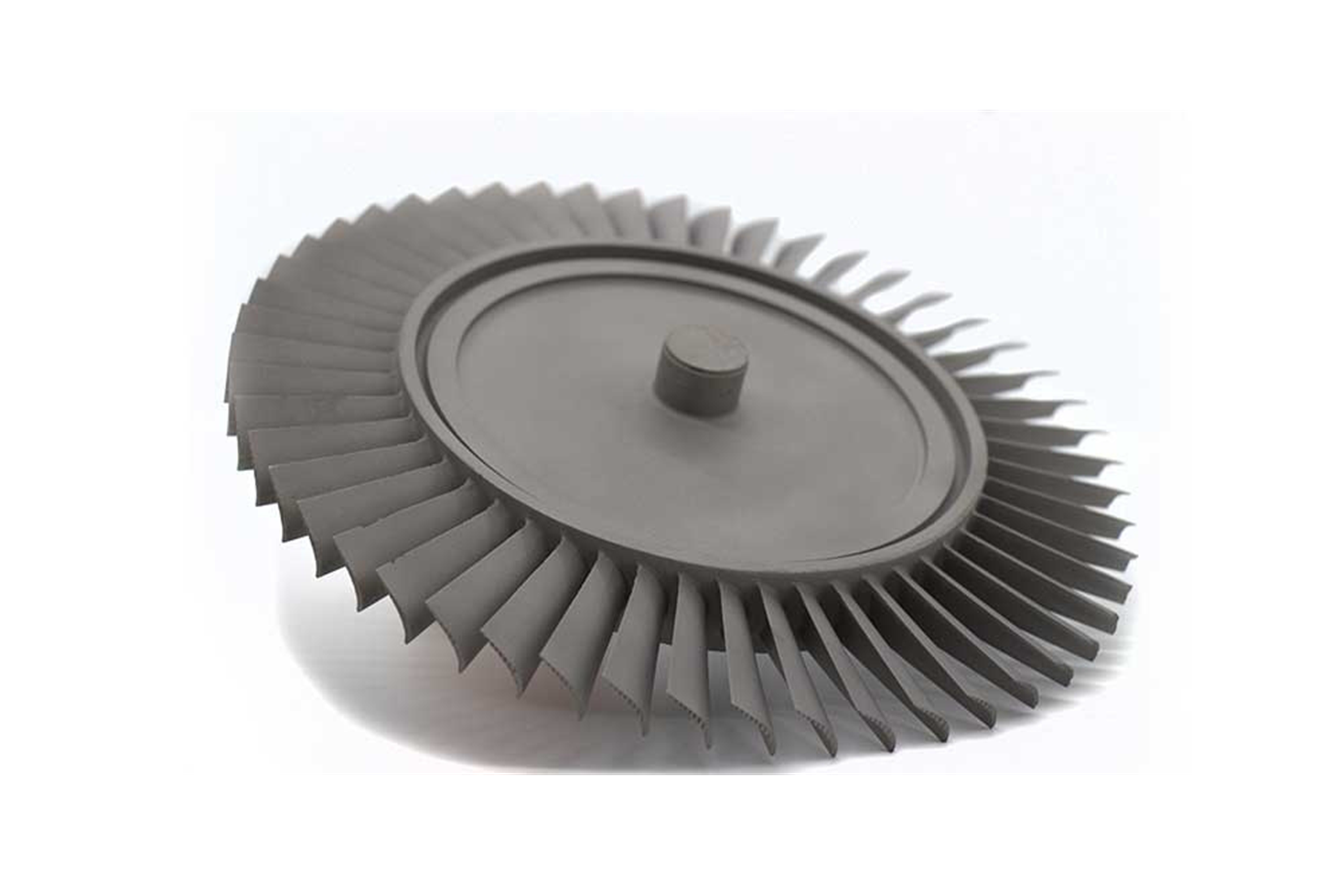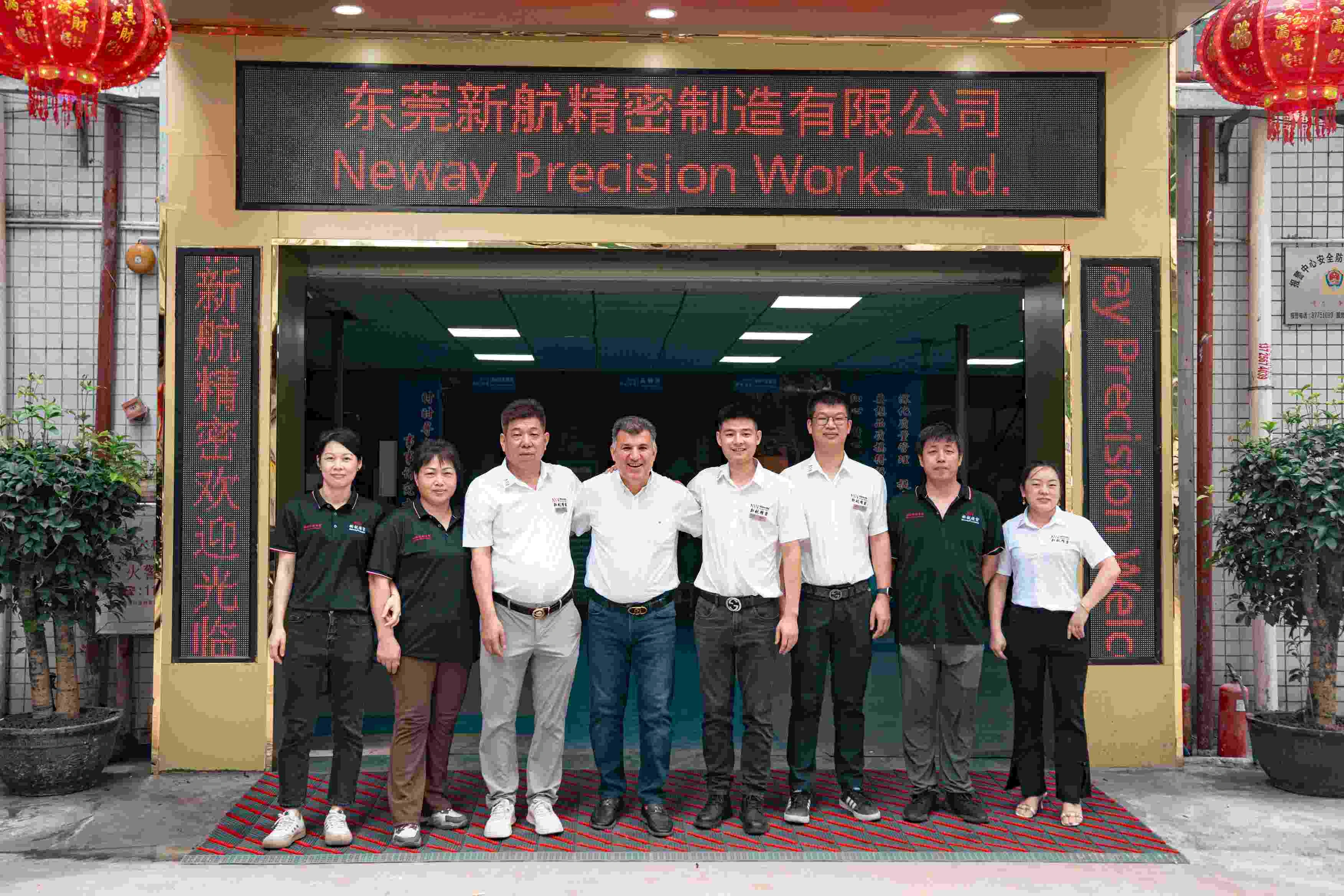Superalloy Vacuum Investment Casting Components
Introduction
Superalloy vacuum investment casting enables the production of high-performance components with complex geometries and exceptional mechanical integrity. This process is vital for aerospace, energy, and oil and gas industries requiring dimensional accuracy within ±0.05 mm and service temperatures exceeding 950°C.
Neway AeroTech specializes in precision vacuum investment casting, using advanced melting and solidification techniques to deliver defect-free superalloy parts with excellent fatigue strength, oxidation resistance, and metallurgical consistency.
Core Technology of Superalloy Vacuum Investment Casting
High-Precision Wax Pattern Injection Wax patterns are injected into hardened steel molds with cavity tolerances of ±0.02 mm, enabling precise reproduction of intricate internal and external geometries.
Ceramic Shell Mold Fabrication Shells are formed using controlled slurry dipping and stuccoing cycles, building up 6–8 ceramic layers to achieve shell thicknesses of 6–10 mm, suitable for casting alloys above 1450°C.
Autoclave Dewaxing and Shell Firing Wax is removed under controlled pressure at ~150°C in an autoclave, followed by mold firing at 1000–1100°C to eliminate volatiles and increase mold refractoriness.
Vacuum Induction Melting and Pouring Nickel- and cobalt-based superalloys are melted under high vacuum (≤10⁻³ Pa) using induction furnaces, ensuring low gas content, uniform chemistry, and controlled melt superheat before pouring.
Controlled Solidification Casting conditions are precisely managed to control cooling rates and solidification direction, allowing for equiaxed, directionally solidified (DS), or single crystal (SX) grain structures depending on application requirements.
Shell Removal and Surface Finishing Post-solidification, ceramic shells are removed using vibration and pressurized water jets. Final surfaces are grit-blasted or polished to Ra ≤1.6 μm, preserving tolerances and surface quality.
Post-Casting Heat Treatment Customized heat treatment protocols are applied to optimize phase distribution, relieve casting stresses, and enhance creep, tensile, and fatigue performance.
Final CNC Machining and Inspection Superalloy CNC machining is employed for fine-feature finishing. All components undergo dimensional verification via CMM, X-ray, ultrasonic, and dye penetrant inspection.
Common Superalloys Used in Vacuum Investment Casting
Alloy | Max Operating Temp | Key Characteristics | Application Examples |
|---|---|---|---|
980°C | High strength, fatigue and oxidation resistance | Turbine blades, vanes | |
1040°C | Excellent creep rupture strength, castability | Nozzle segments, stator components | |
1200°C | Outstanding oxidation and thermal fatigue resistance | Combustor liners, transition ducts | |
1100°C | Single crystal alloy with superior creep resistance | Directionally solidified turbine airfoils |
Typical Applications of Superalloy Investment Cast Components
Aerospace Turbine Airfoils (Blades and Vanes) Components operate under thermal gradients exceeding 950°C and require tight geometric tolerances and superior creep strength.
Combustion Hardware and Flame Liners Require resistance to cyclic oxidation, rapid thermal transients, and aggressive combustion byproducts.
Power Generation Nozzle Rings and Shrouds Precision-cast to net shape, including integrated cooling passages, and require dimensional repeatability across production lots.
Oil & Gas Valve and Pump Bodies Designed for high-pressure environments, sour service (H₂S/CO₂), and high-cycle fatigue resistance, with complex fluid channel networks.
Engine Structural Components Cast housings and brackets requiring balanced strength-to-weight ratios, corrosion resistance, and weldability in hot sections.
Case Study: CMSX-4 Turbine Blade Production
Project Scope
To manufacture single crystal CMSX-4 high-pressure turbine blades with integrated internal cooling passages for use in next-generation commercial jet engines.
Process Overview
Wax pattern creation using high-precision steel tooling with ±0.02 mm tolerance.
Ceramic shell fabrication with controlled slurry viscosity and stucco granularity for thermal shock resistance.
Directional solidification in a Bridgman furnace under argon backfill to achieve [001]-oriented single crystal growth.
Solution heat treatment at 1290°C followed by two-stage aging at 1140°C and 870°C.
Final inspection included SEM, X-ray, and metallographic grain orientation mapping.
Results
Single crystal orientation deviation: ≤12° from [001] axis
Dimensional accuracy: ≤±0.02 mm
Surface roughness: Ra ≤1.2 μm
Mechanical properties exceeded engine OEM specifications for fatigue and creep life
Zero internal casting defects confirmed via X-ray and hot isostatic pressing (HIP) results
FAQs
What are the benefits of using vacuum investment casting for superalloy components?
Which industries rely on superalloy vacuum casting the most?
What is the typical surface finish and dimensional tolerance achievable?
How are complex internal features achieved in superalloy cast parts?
What testing methods are used to ensure casting integrity and quality?

